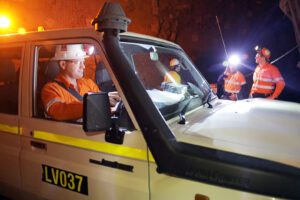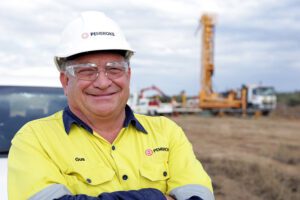Resources Regulator: Airborne contaminants are generated during mining activities and can be a risk to health if not properly managed.
Airborne contaminant means a contaminant in the form of a fume, mist, gas, vapour or dust and includes microorganisms. An airborne contaminant of this type is a potentially harmful substance that is either not naturally in the air, or is present in an unnaturally high concentration, and to which workers may be exposed in their working environment (see SafeWork Australia).
The Resources Regulator have recently developed and published the following new guidance material for the NSW mining and petroleum industries:
- Airborne contaminants principal hazard management plan guide
A principal hazard management plan (PHMP) forms part of the safety management system (SMS) for a mine. Airborne contaminants are identified as a principal hazard in Schedule 1 of the Work Health and Safety (Mines and Petroleum Sites) Regulation 2014 (WHSMPS Regulation). The PHMP is a document that sets out how the mine operator will manage risks associated with airborne contaminants at the mine. - Dust safety in the metals and extractives industries
The safety information booklet provides guidance to workers regarding exposure to dust generated by mining and quarrying activities.
For further information visit the Health management overview – Airborne contaminants section of the Resources Regulator website














Add Comment